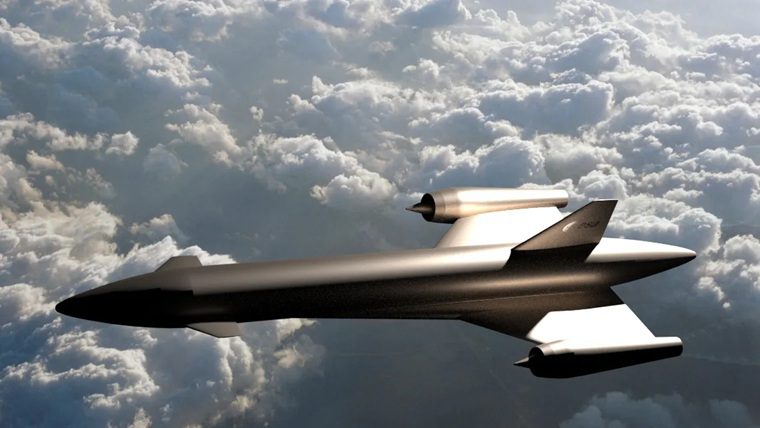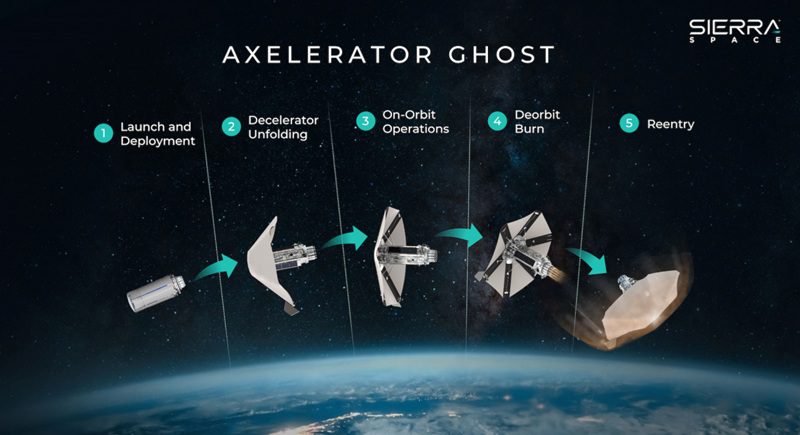In August 2015, the Boeing/Blue Origin team led by Boeing received US$6.5 million additional funding from DARPA to continue with its XS-1 design concept for Phase 1B of the program. Details of the propulsion system and propellants remain sketchy but is likely to use pure rocket power – probably LOx/LNG – liquid natural gas using BE-4 engine technology supplied by Blue Origin. Also in receipt of similar amounts of DARPA money were teams led by Northrop Grumman and Masten Space Systems. The announcement is thought to be a coming together of the teams after what was notionally a competition between concepts for the XS-1 reusable launch vehicle using a spaceplane as a first stage.
The project was started as an attempt to reduce the cost of launching military spacecraft into orbit. In September 2013, the US Defense Advanced Research Projects Agency (DARPA) announced its XS-1 spaceplane development programme. The goals of the program were to develop a spaceplane and upper stage system which can carry 1,400–2,300 kg payload to LEO for less than US$5 million per flight at a rate of 10 or more flights per year. The original competition was set up by DARPA in 2014 for teams to design a demonstration vehicle. The selected companies to take part in the competition were Boeing teamed with Blue Origin, Masten Space Systems with XCOR aerospace, and Northrop Grumman with Virgin Galactic.
It is now thought that the latest funding will allow each team to concentrate on their strengths proven in the first competition stage. Boeing has has been involved in recent spaceplane design and operations with its X-37B/OTV programme and has extensive experience with the Space Shuttle. Meanwhile Northrop Grumman and Masten are thought be expert in subsystems and operations allowing the rapid turn around of spacecraft.
.





